Claudius Caesar Augustus the German, better known as Nero, was one of the least special emperors of Rome that historians of his day have immortalized in the darkest colors.
Insane, vicious and extreme in every one of his events, he even went so far as to burn down the Eternal City, in order to rebuild it according to his taste. Since he found it "very ancient", as Pliny the Elder testifies.
The big Fire of Rome took place in July 64 AD. and was brought under control after 6 days, before re-igniting and continuing to rage for another three. The damage report was even more devastating than even the gloomiest estimates: 2/3 of its glorious capital Roman Empire had disappeared.
The young emperor enjoyed the creepy spectacle from the palace, playing his lyre, singing epic poems and drawing sadistic inspiration from the martyrdom of others. When suspicions turned on him, he blamed the early Christians for setting the Eternal City on fire, sparking the first creepy persecution of the faithful of the new doctrine.

As Tacitus tells us, Christians were arrested en masse and brutally murdered "by throwing them to beasts, crucifying them and burning them alive."
Nero would rebuild Rome as he imagined it, in the Greek style, taking care to build a majestic palace for himself and a colossal bronze statue of himself, believing that he would thus ensure the backwardness and immortality of the centuries.
Only in the end would the Great Fire of Rome signify its end, as the devastating taxation and the devaluation of the currency to finance the city's enormous reconstruction plan would upset everyone. Within 4 years he would be dead.
Nero did a lot of evil during his reign, but did he really burn Rome? Or was it one of the first historical manifestations of a propaganda we now call fake news?

It was the night of July 18, 64 AD, in the tenth year of the reign of the 27-year-old emperor, when a huge fire broke out in Rome. The first outbreaks occurred on one of the city's seven hills, in a commercial district overlooking Rome's vast racecourse, Circus Maximus, and strong winds immediately spread the flames.
The fire raged for several weeks, according to historians (Takitos, Suitonios, Dion Cassios), completely destroying 3 of the 14 districts of the city. The fire was re-ignited and in the next 3 days destroyed important parts and 7 more neighborhoods.
The record was bleak: 2/3 of densely populated Rome had been consumed by fire, houses, mansions, shops, temples and public buildings. The population had initially taken refuge in areas away from the fire, but the fire came and found them, forcing them to leave the city, in an open field.
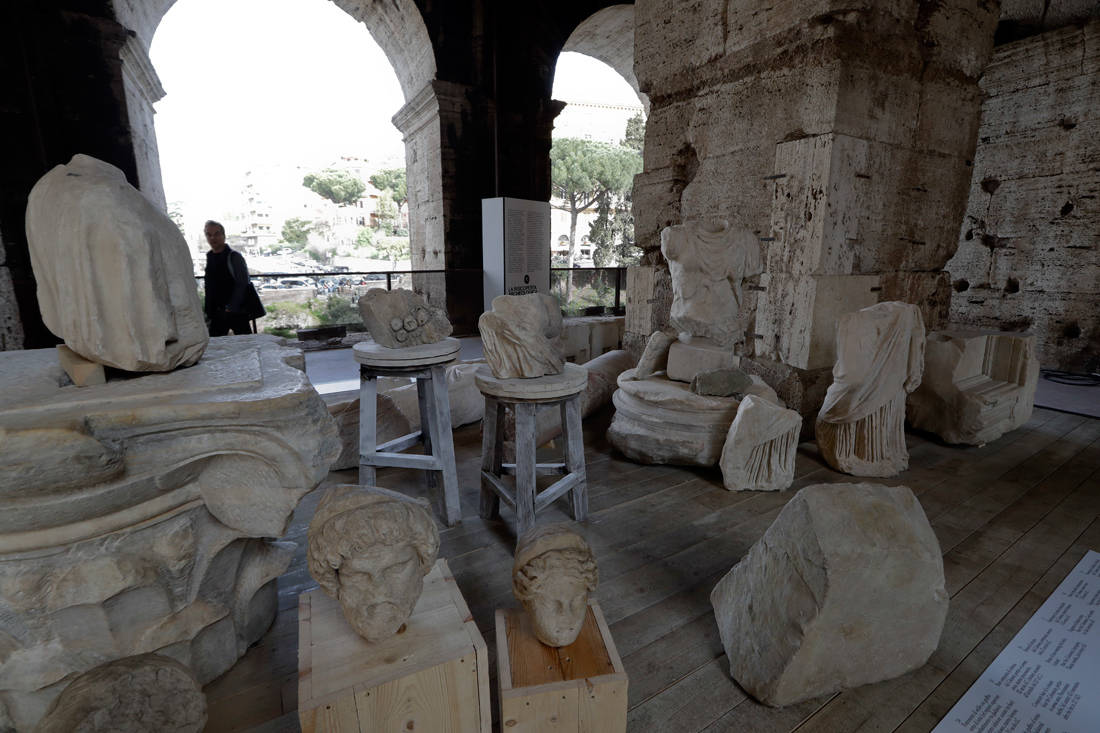
In the panic, organized groups were operating that spread the fire by setting new fires or sabotaging the firefighting work. Still others entered the burned houses, seizing what they found.
Ruins became not only houses and shops, but also the majestic Temple of Zeus the Stator, the House of the Virgin Houses but also a good part of the huge palace that Nero built for himself, the Domus Transitoria, which as Suetonius tells us it was "a palace that stretched all the way between two hills."
The Forum Romanum, the Roman Agora in the center of the city that housed the buildings of the state apparatus, the Senate and the houses of the senators, also suffered extensive damage. Only 4 neighborhoods were left untouched by the fire that burned everything he came in contact with, a catastrophic speculation confirmed in recent years by archaeological excavations.

From the very first moment, everyone said that Nero had set it on fire. He had sent his own to pretend to be drunk and light fires as accidents supposedly, as the Greek-born Roman, Dion Cassios Kokkianos, writes, some 150 years later.
Nero openly and openly sent men to burn the city, watching from the "Tower of the National Guard" (Torre delle Milizie), inside the imperial complex, the spectacle and playing ode on its lyre, gives us the Roman historian Gaius Suitrias 50 Tria years later. The tower would eventually become known as "Nero's Tower", such was the story of Suetonius.
Nero sent men to put φωτιά singing and playing his lyre from his personal apartments, says the great Latin historian Tacitus that they said about the fire. That is, arson, and in fact uncovered.
Not only did he play his lyre with ecstasy, enjoying the horror, but he also sang dressed in theatrical attire the -lost today- epic of the Trojan cycle "Helios Persia" about the fall of Troy by the Achaeans, a work attributed to the 8th century poet BC, Arctino the Milesian. This is described in detail by both Suetonius and Dion Cassius.
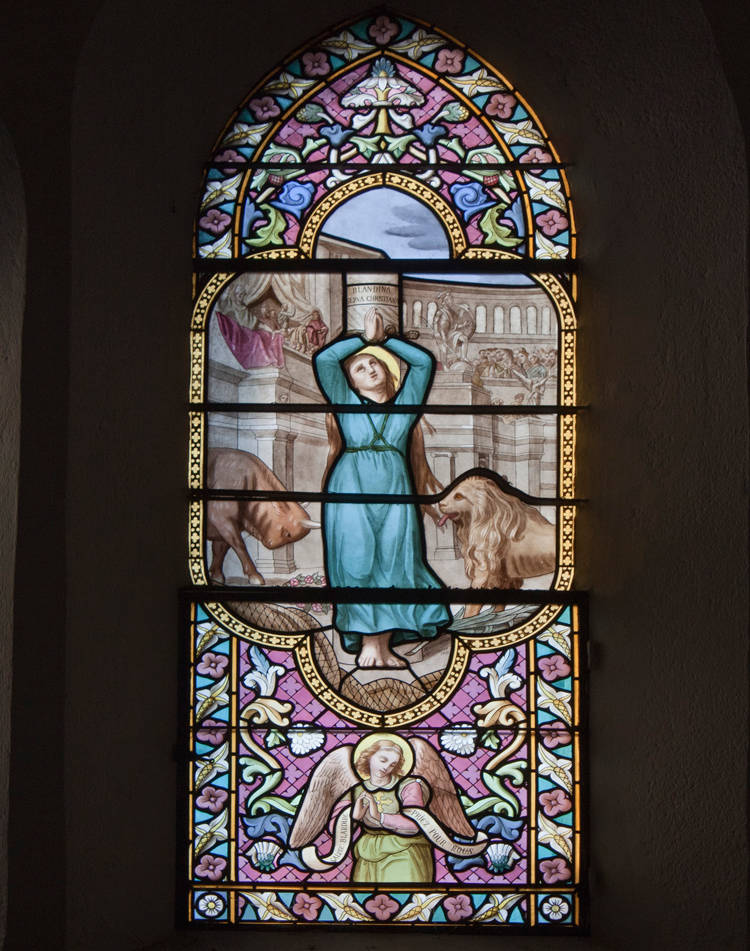
Even Gaius Pliny the Second, the well-known historian Pliny the Elder, who was the only one living at the time, attributed the arson to Nero. But what reasons did he have to burn the capital of his empire?
Some historians tell us that he hated the outdated architecture of Rome and wanted to rebuild it in the most elegant way of the Greeks. With such an extent of arson he could bypass the Senate and in the sense of urgency rebuild the city according to his personal taste.
Still others claim that in his insanity he envied King Priam, who as a young man saw the destruction of his city and finally managed to rebuild it. Troy, making it big and rich. Why not him too?
Suetonius becomes even more caustic and mentions that he needed more space to build his colossal palace, which could even reach 300 acres (from 100-300 is placed by the reports of the time)!
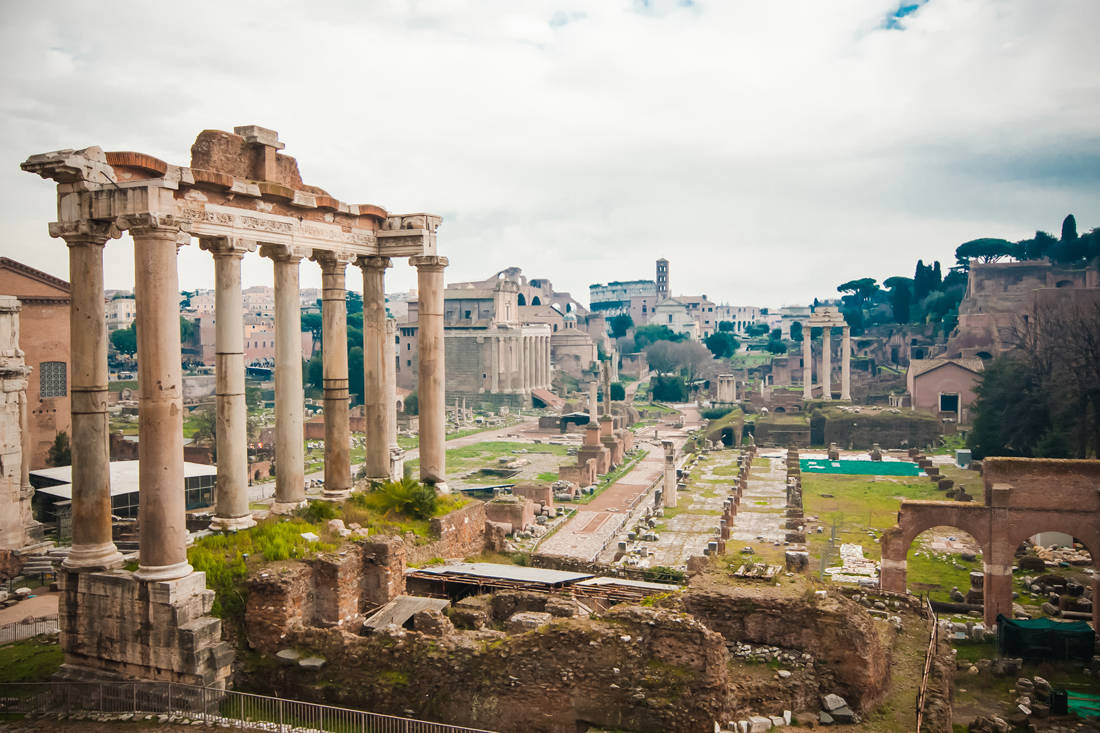
Seeing everyone turn against him, Nero had to take responsibility somewhere. And, as Tacitus tells us, he found an expiatory victim in the Christian community of Rome, which was extremely unpopular with most pagan Romans.
The Great Fire of Rome was indeed the first organized persecution of Christians in the Roman Empire, initiating a long period of persecution that would last more than two centuries and end only in 313 AD. with the Edict of Milan, which granted secularism to Roman territory.
Nero was the first Roman ruler to persecute Christians in an official, institutional way, turning the state apparatus into an instrument of fear and death. And, in his familiar violent way, he launched a terrifying pogrom against the Christian community that would significantly affect not only the development of the new religion, but also the shaping of Christian theology.
As Tacitus reveals to us, the Christians of Rome were persecuted en masse, suffered violence and many ended up in the arenas being devoured by wild beasts, crucified as martyrs, and even burned alive.
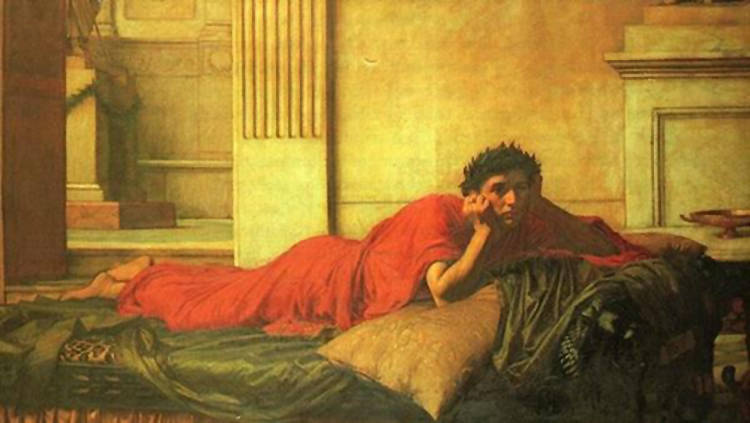
The story would end here, so it has been immortalized in the consciences of most, except that there was one small detail that spoiled the sweet: Nero was not even in Rome when he was burning! It was located in the Roman resort of Antium (today's Anzio), in its summer palace, some 50 acres south of Rome!
Tacitus confirms this by telling us that some of the earliest historical sources of the period attributed the fire to an accident, which took place in a commercial district with extremely flammable materials. The leading Roman historian, of course, is not in a hurry to acquit Nero, he simply says that "I am not sure" that it was an arson.
Tacitus tells us, however, that learning the grim news of the fire, the emperor hastily returned to Rome to coordinate both the firefighting work and the relief efforts of the victims. For which, the historian reports, he paid from his personal funds.
At the same time, he seems to be taking part personally in the search and rescue of victims and even alone, having sent his personal guard to assist in the extinguishing efforts.
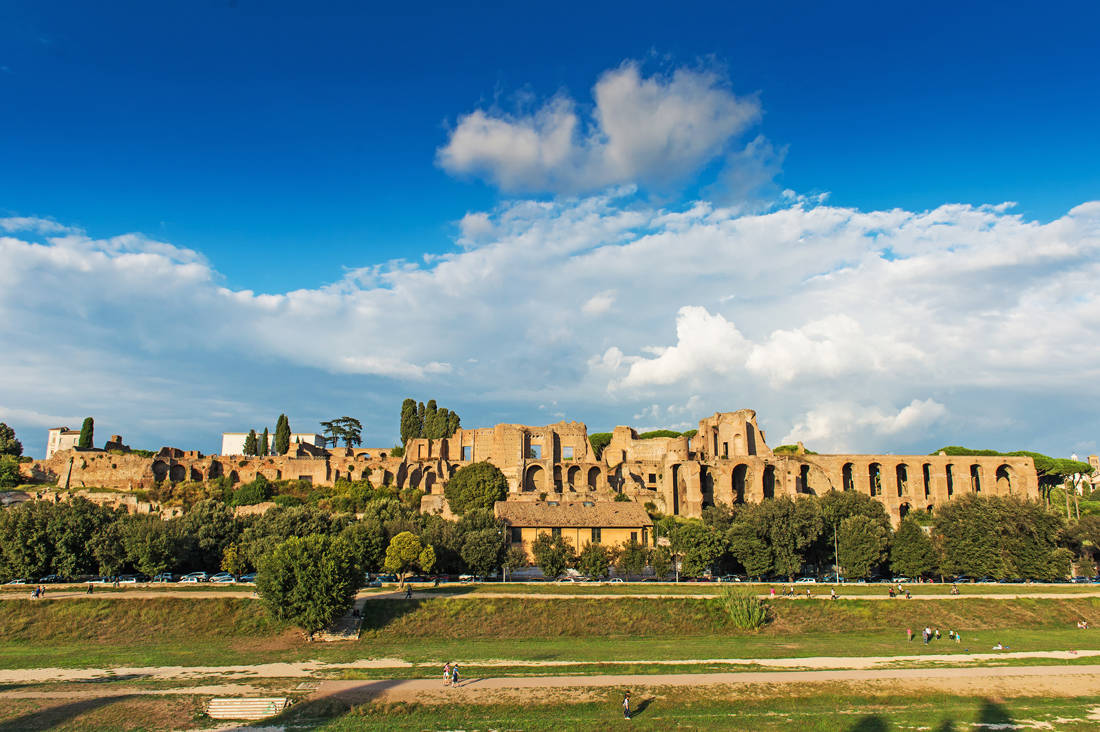
And from the first moment he opened, Tacitus tells us, his palace and gardens to give shelter and food to the victims, setting up temporary accommodation in the palaces for his fiery subjects. He even organized meals in central parts of the city so that the citizens of Rome would not starve, bringing food from the surrounding cities. And at the same time dropped the price of grain.
When the fiery fury subsided, the first thing he did was not, after all, build his majestic palace, but plan for the next day. After clearing the burnt and ruins, he designed new and wider roads and built modern houses out of brick (and not wood, as it was until then) spaced apart. Houses like the ones the Athenians had.
As for the lyre that the emperor allegedly played when he saw Rome burning, Tacitus says that there was no lyre in the story that spread and if it finally happened, it would take place in the summer palaces of the Atrium, with Nero mourning for Rome. of singing symbolically about the destruction of Troy. Although he eventually rejects the story as a surviving myth.
But why does Tacitus tell us such a different story from Suetonius and Dion Cassius? All three are later from the fire and cite primary sources that are not preserved today. Pliny the Elder, Fabius Rusticus and Marcus Cluvius Rufus in particular, who, as modern historians tell us, had reason to oppose the strange Nero.
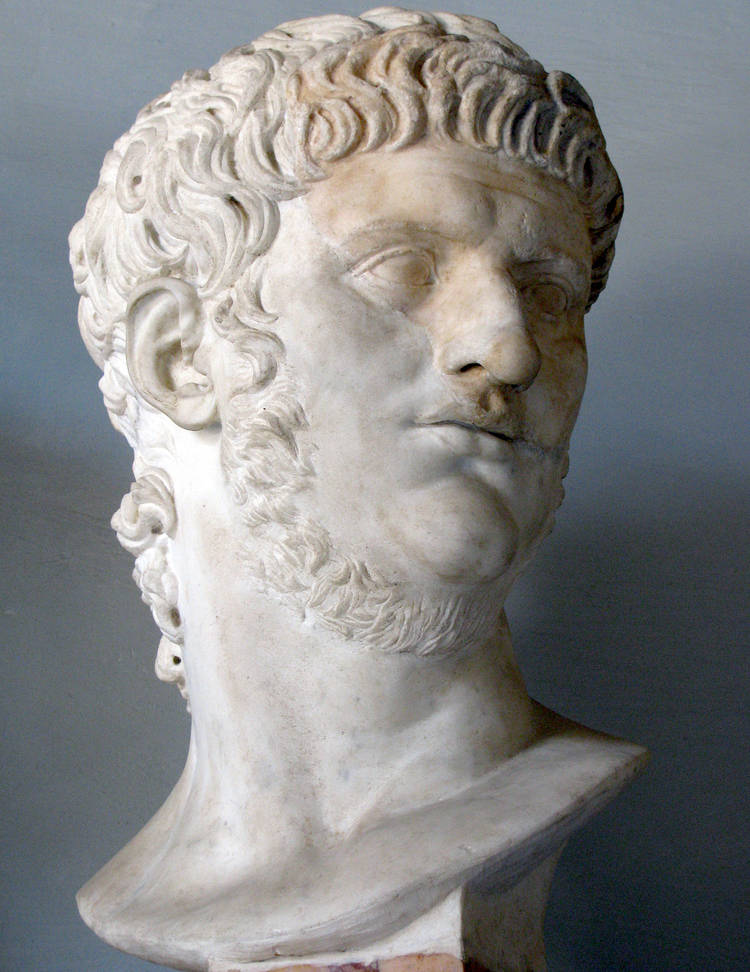
The popular myth with the emperor playing his lyre while Rome was burning has to do with the propaganda of the Flavian dynasty (69-96 AD) who viewed with evil eye Nero's attempts to rewrite the governing standards of the emperors.
Suetonius and Dion Cassius, moreover, had not a single good reason to say about Nero anywhere in their stories. Their negative attitude is quite suspicious, says modern historical thought, as we know that it had taken good measures.
Tacitus says that the Romans considered him merely impulsive, corrupt and not corrupt, not the paranoid and perverted tyrannical emperor that his later colleagues wanted. It is unlikely that a sadistic arsonist would take such an attitude towards his people during a fire.
Suetonius and Dion Cassius also told us that the people of Rome celebrated the death of Nero, which is not true. The aristocracy and the Senate rejoiced when he died and not the common people and the slaves, who really mourned him, affirms both Tacitus and other Roman historians. Two later emperors, Marcos Salvios Othon and Vitellios Germanikos, recruited the memory of Nero to gain popular support.
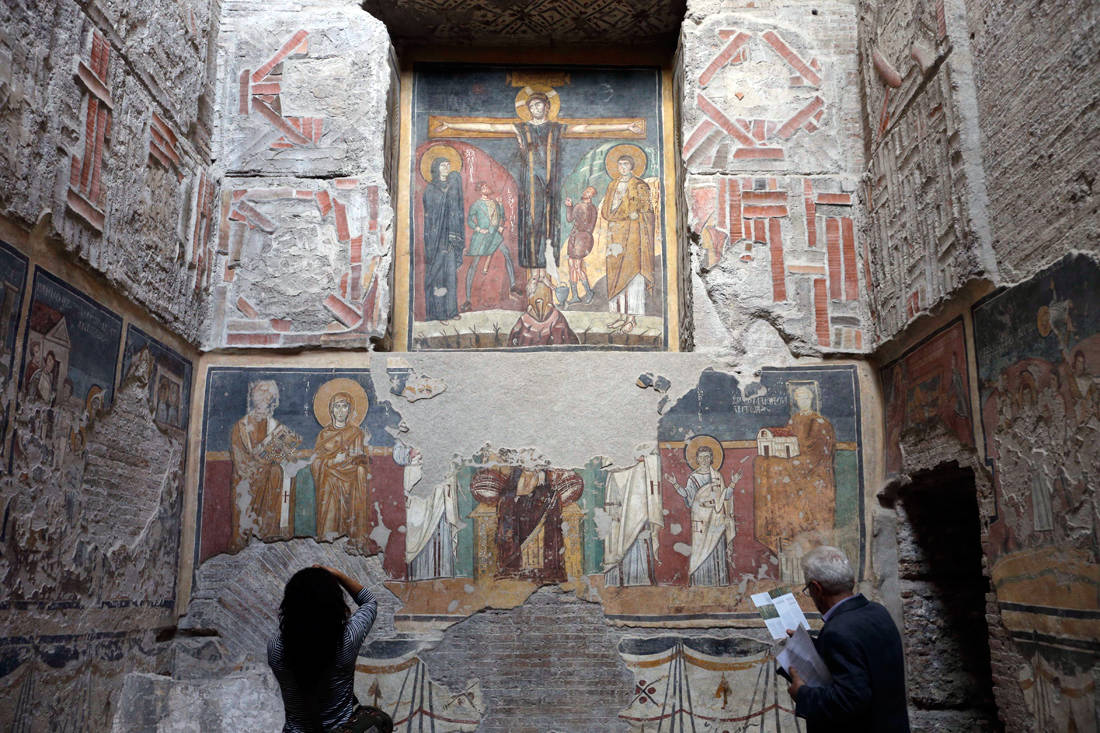
Nero certainly did not help the fact that he immediately started the reconstruction of his palace and made a 30 meter statue for himself, as if he did it to confirm the rumors they were giving and receiving from the first moment!
His new palace, the Domus Aurea (Golden House), occupied 2 of the 7 hills of Rome and the area between them, a "vast edifice", as Suetonius attests. Telling us that when it was completed, it would cover 1/3 of reborn Rome!
In the olive groves and the configuration of the surrounding area, Nero made a 30 meter bronze statue of himself, the Colossus of Nero. Fascinated with Greek culture, he hired the Greek architect and sculptor Zinodoros to make it for him, which his descendants turned into a statue of the god Helios and disappeared at some point during the 4th century.
Only Rome's ambitious reconstruction program would cost him personally. In order to find the huge amounts, he heavily taxed the Roman provinces and made them mandatory. contributions of the aristocrats, but again the state corps was left behind.

That is why he devalued the Roman currency, for the first time in the history of the mighty empire. At the same time, it made the dinar lighter and with a lower silver content. But his reforms and extermination taxation would not go far. A revolt against him would soon break out, led by the Serb Sulpicio Galva, and in order to escape the worst, Nero left Rome, eventually setting up a court to stab him, as he feared suicide.
Nowadays, even the now well-established view that Nero initiated the first persecution of Christians is seriously challenged. The fact is attributed to Tacitus and later Christian tradition, tells us here the important Princeton classicist, Brent Shaw, and it is extremely doubtful whether the emperor actually blamed the Christians for the fire and crucified them in his gardens…
